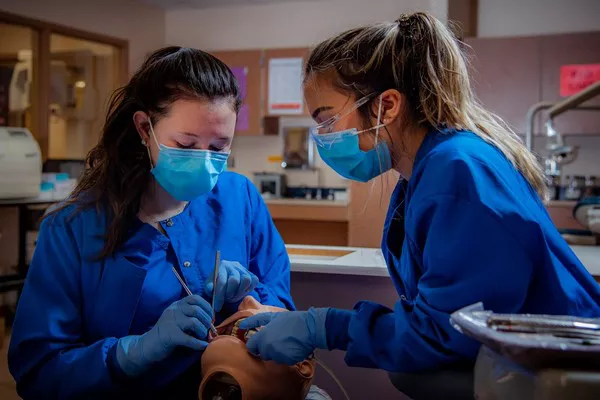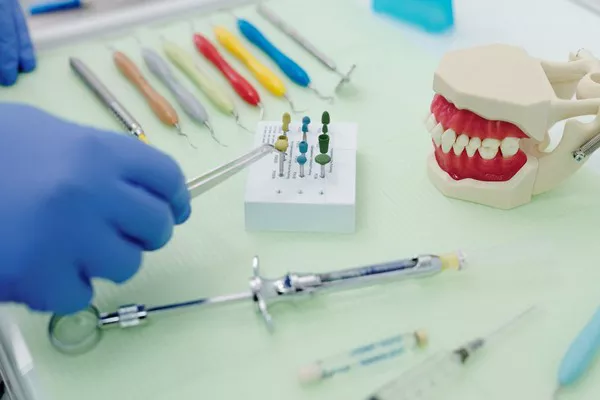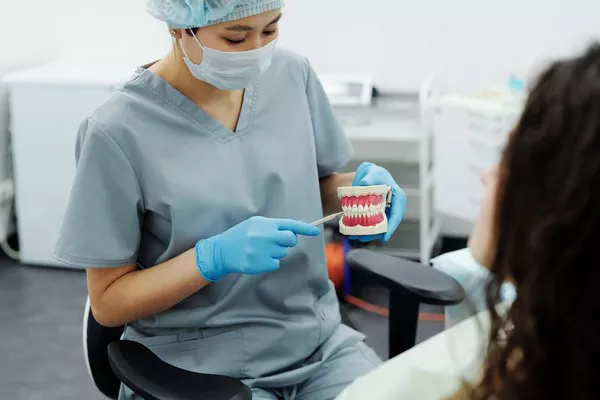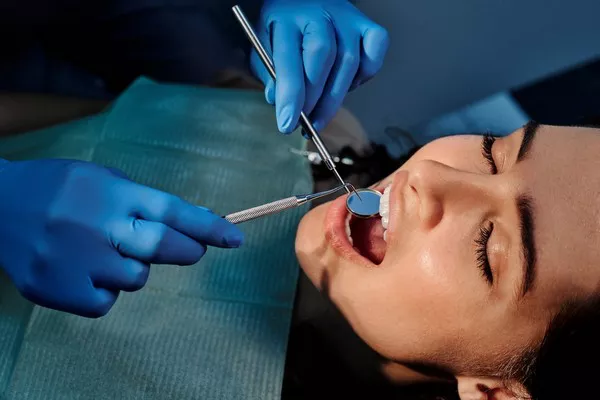Orthodontic braces are a common and effective treatment option for correcting misaligned teeth and jaws. They help improve dental aesthetics, functionality, and overall oral health. If you or a loved one requires orthodontic treatment, understanding the average cost of braces is essential for financial planning and decision-making. In this article, we will explore the factors that influence the cost of orthodontic braces and provide an overview of the average expenses involved.
Factors Affecting the Cost of Orthodontic Braces
Several factors contribute to the cost of orthodontic braces. It’s important to consider these aspects when estimating the overall expense of treatment:
Type of Braces:
The type of braces you choose significantly impacts the cost. Traditional metal braces tend to be the most affordable option, while ceramic braces, which are less noticeable, tend to be slightly more expensive. Lingual braces, which are attached to the backside of the teeth, and clear aligner systems like Invisalign can be even pricier due to their advanced technology and customization.
Complexity of the Case:
The severity of your orthodontic issues plays a role in determining the cost. Cases requiring significant alignment corrections, tooth extractions, or additional procedures may involve higher expenses compared to cases with milder misalignments.
Geographic Location:
The cost of braces can vary depending on where you live. Cities and regions with a higher cost of living generally have higher orthodontic fees. Rural areas or locations with lower overhead costs may offer more affordable options.
Orthodontist’s Experience and Expertise:
An orthodontist’s level of experience and reputation can influence the price they charge for braces. Orthodontists with advanced training or renowned practices may have higher fees compared to those who are just starting out.
Additional Services and Treatments:
Some orthodontic cases require additional services such as X-rays, retainers, or other dental procedures. These supplementary treatments can increase the overall cost of orthodontic treatment.
Average Cost of Orthodontic Braces
While it is challenging to provide an exact figure for the average cost of braces due to the numerous variables involved, we can provide a general range based on data and estimates from orthodontic professionals. It is important to note that these figures are approximate and can vary depending on the factors discussed above.
Traditional Metal Braces:
Traditional metal braces are typically the most affordable option, making them widely accessible. On average, the cost of metal braces can range from $3,000 to $7,000. However, prices can be higher or lower depending on the location and specific circumstances of the case.
Ceramic Braces:
Ceramic braces are designed to blend in with the natural color of teeth, making them less noticeable than metal braces. Due to the added aesthetic benefit, ceramic braces usually come at a slightly higher price. The average cost for ceramic braces ranges from $4,000 to $8,000.
Lingual Braces:
Lingual braces are attached to the backside of the teeth, making them virtually invisible from the front. This discreet treatment option often comes with a higher cost compared to traditional braces. On average, lingual braces can cost between $8,000 and $10,000 or more.
Clear Aligner Systems :
Clear aligner systems have gained popularity in recent years due to their removable design and subtle appearance. They use a series of custom-made aligners to gradually shift teeth into proper alignment. Clear aligner treatment generally falls within the price range of $3,000 to $8,000, depending on the complexity of the case and the duration of treatment.
It’s important to remember that these figures are estimates, and the actual cost of braces can vary significantly based on individual factors and the specific treatment plan recommended by your orthodontist.
Additional Expenses to Consider
In addition to the primary cost of braces, there may be additional expenses to consider throughout the course of orthodontic treatment:
Initial Consultation:
Many orthodontic practices charge a fee for the initial consultation, during which the orthodontist examines your teeth and creates a treatment plan. This fee is typically deducted from the overall treatment cost if you decide to proceed with braces.
X-rays and Dental Impressions:
X-rays and dental impressions are necessary for accurate diagnosis and treatment planning. These diagnostic procedures may incur additional charges, so it’s important to inquire about their costs upfront.
Retainers:
After completing active orthodontic treatment, retainers are often prescribed to maintain the corrected alignment of teeth. The cost of retainers may or may not be included in the overall braces package, so it’s crucial to clarify this with your orthodontist.
How much is it normal for braces?
The cost of braces can vary depending on various factors such as the type of braces, the complexity of the case, the geographic location, and the orthodontist’s experience. It is important to note that I am an AI language model and do not have real-time pricing information. However, I can provide you with a general idea of the typical costs associated with braces.
Traditional metal braces are often the most affordable option compared to other types of braces. The cost for metal braces typically ranges from $3,000 to $7,000 or more. This range can vary based on the factors mentioned earlier.
Ceramic braces, which are less noticeable than metal braces because they blend in with the natural tooth color, tend to be slightly more expensive. The cost for ceramic braces may fall within the range of $4,000 to $8,000 or more.
Lingual braces, which are placed on the back (lingual) surfaces of the teeth, are generally more expensive due to their customized design and complexity. The cost for lingual braces can range from $8,000 to $10,000 or higher.
Clear aligner systems, such as Invisalign, are an alternative to traditional braces. They involve a series of clear, removable trays that gradually shift the teeth into alignment. The cost of clear aligners is typically comparable to traditional braces, ranging from $3,000 to $8,000 or more, depending on the specific treatment needs.
It’s important to keep in mind that these are rough estimates, and the actual cost can vary significantly based on individual circumstances. Factors such as the duration of treatment, any additional procedures required (such as extractions or jaw surgery), and post-treatment retention may also influence the overall cost.
To determine the exact cost of braces and develop a personalized treatment plan, it is best to consult with an orthodontist who can evaluate your specific case and provide a detailed estimate. They will consider your unique orthodontic needs and discuss the available treatment options along with their associated costs. Additionally, it is advisable to inquire about any insurance coverage or financing options that may help make orthodontic treatment more affordable.
Related Topics:





























